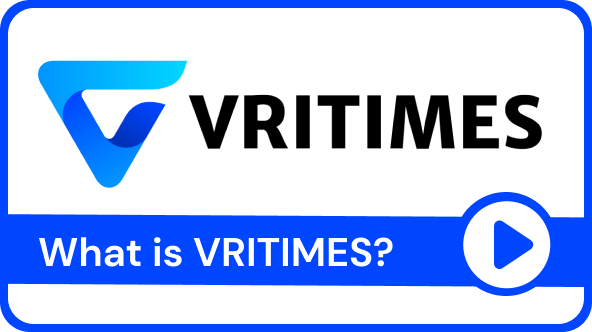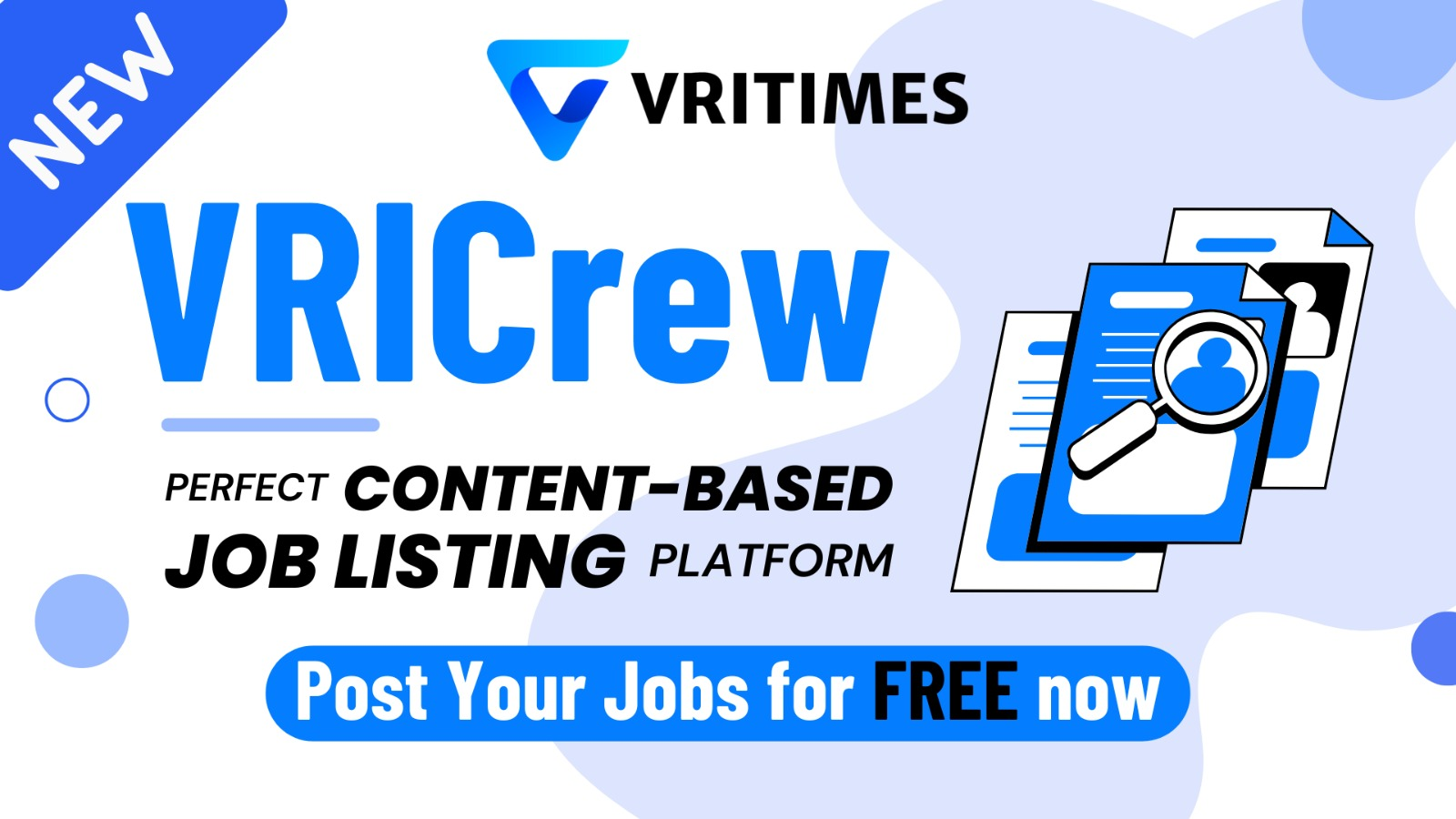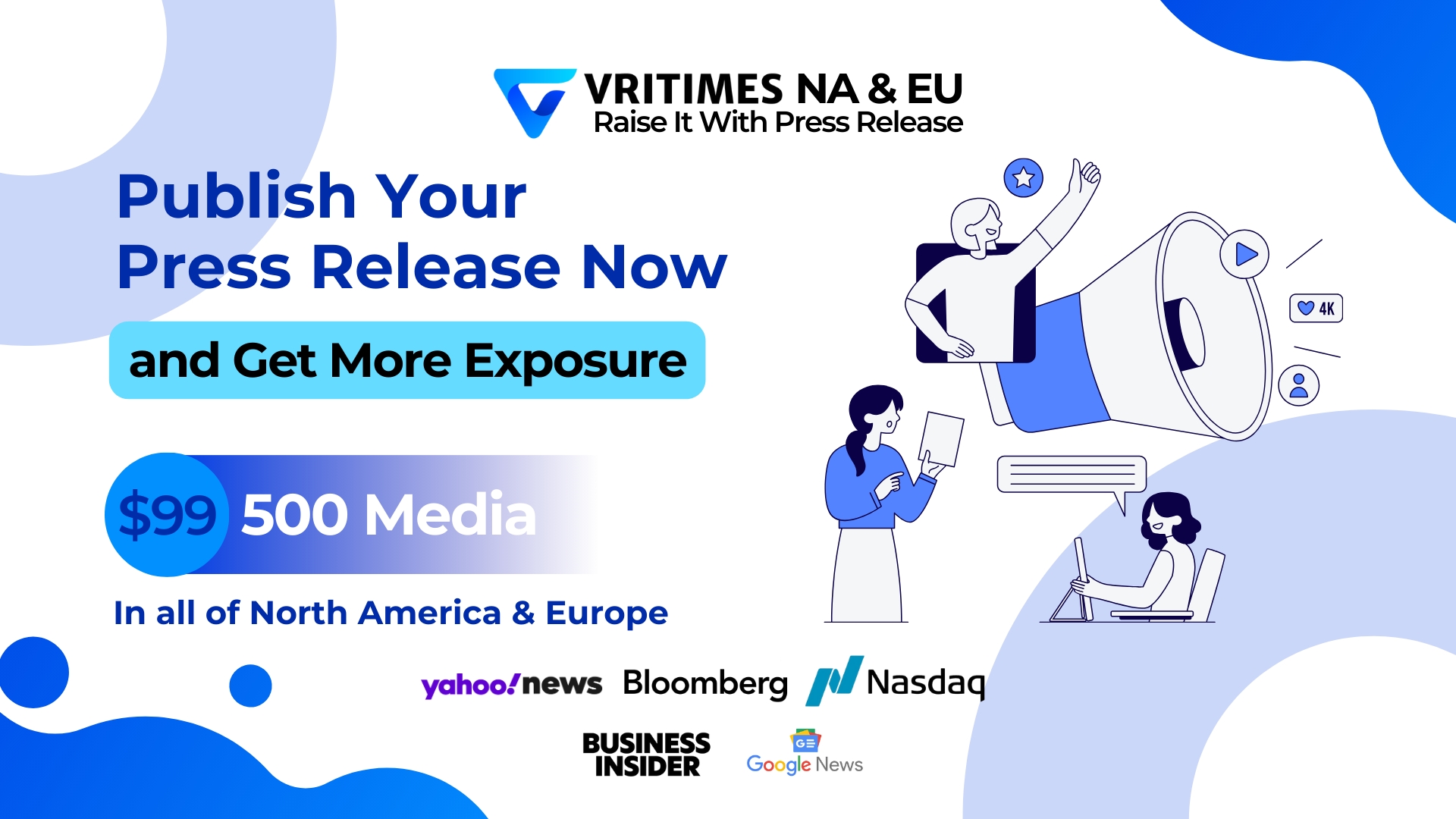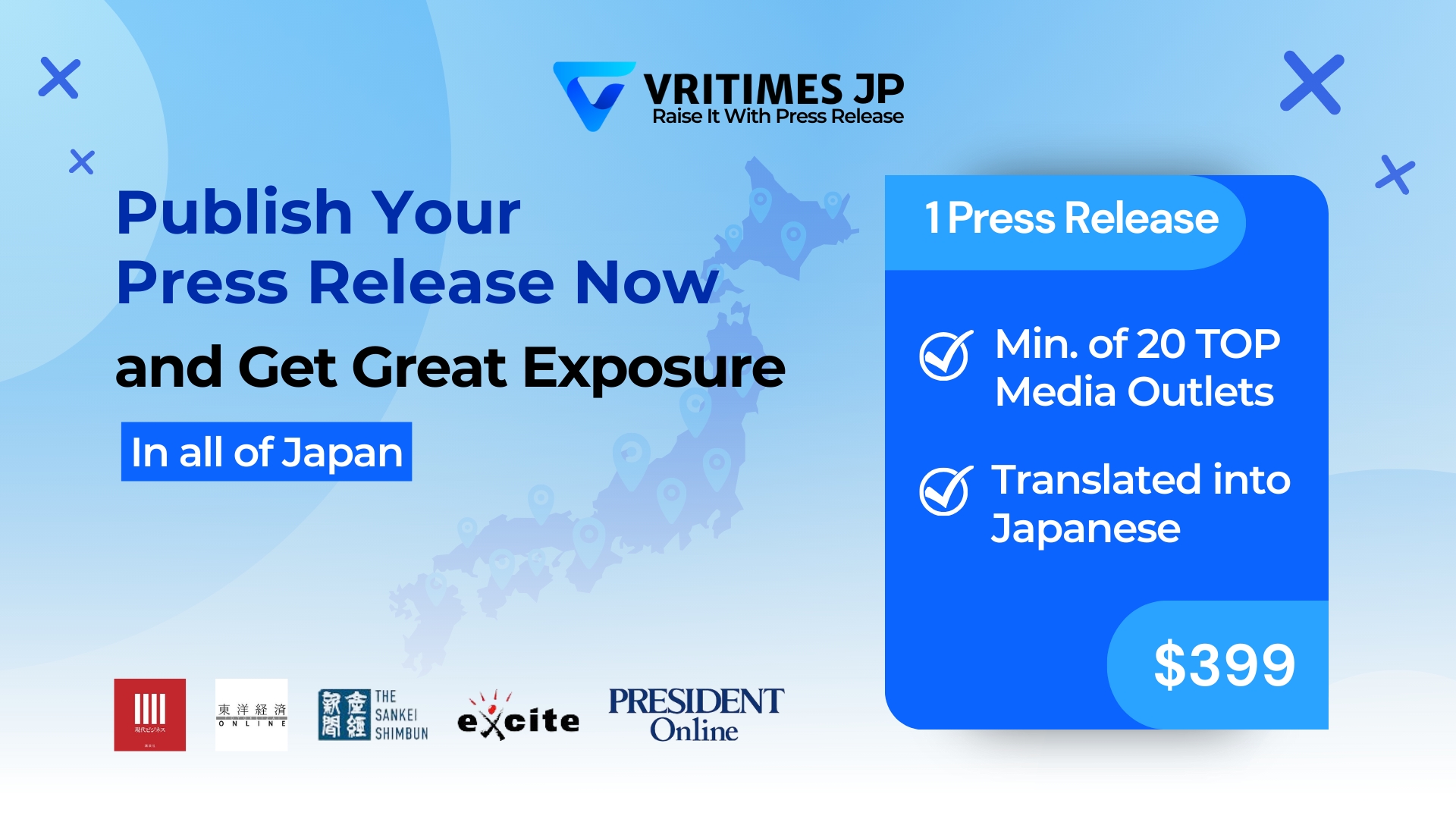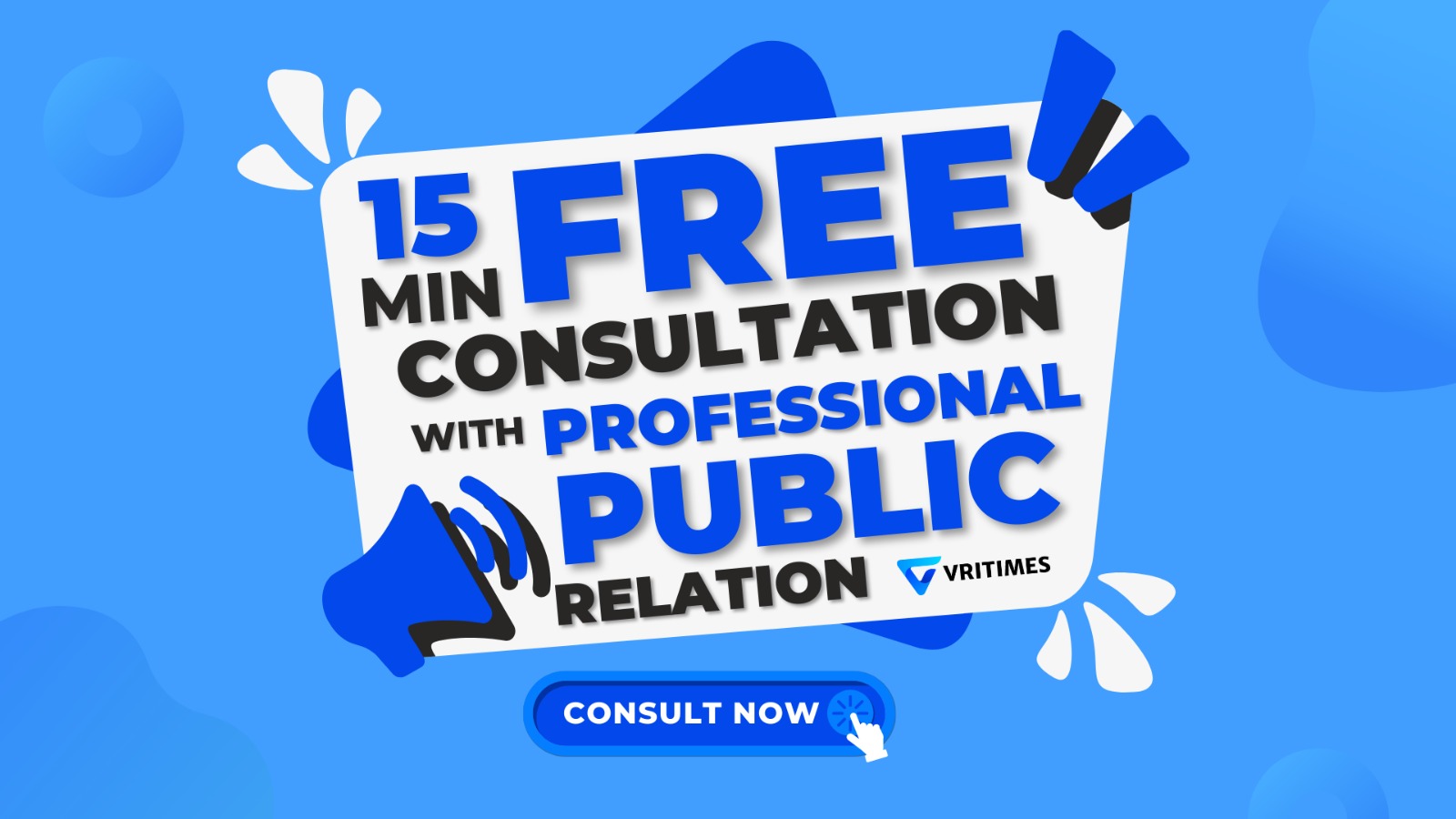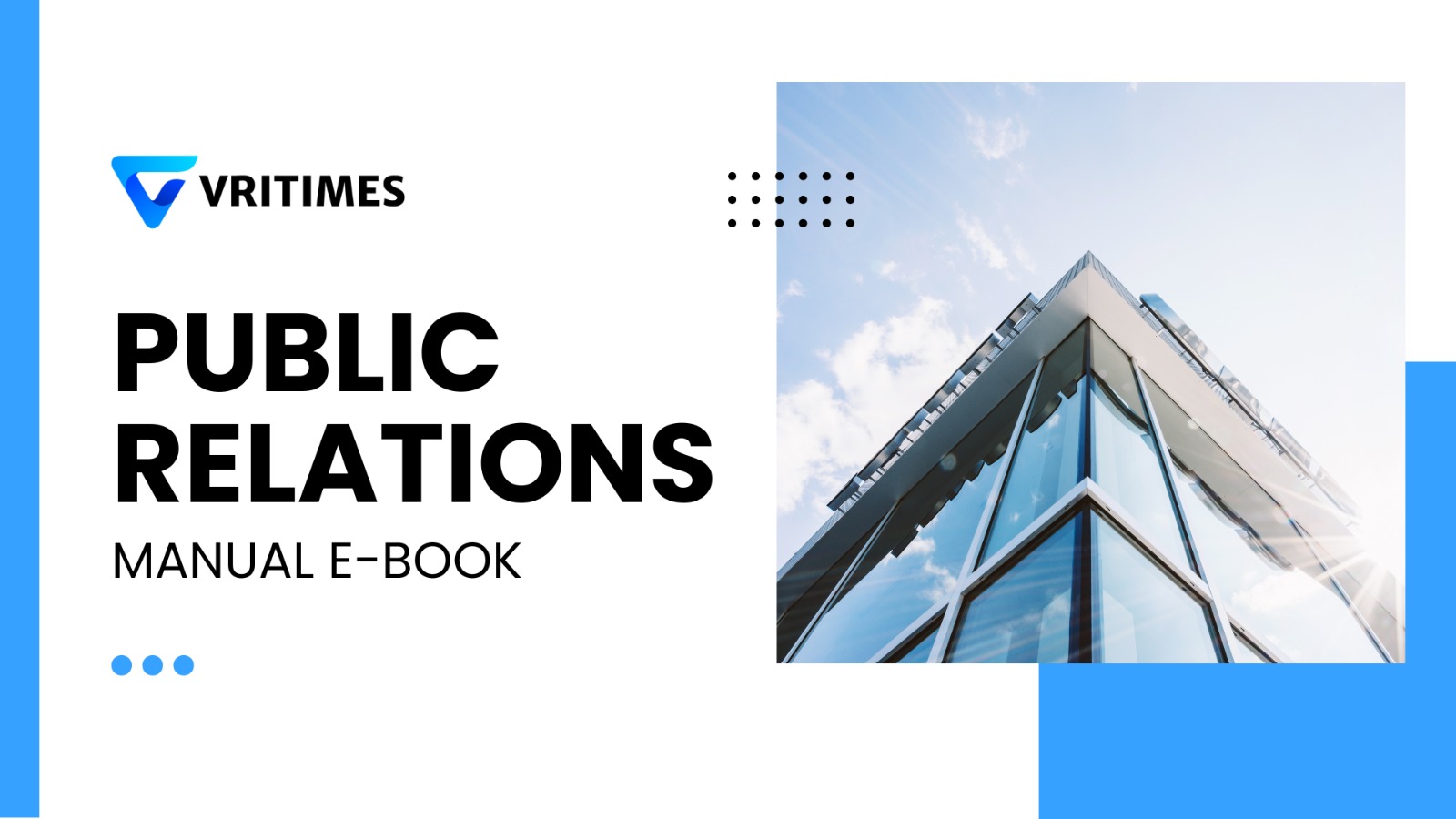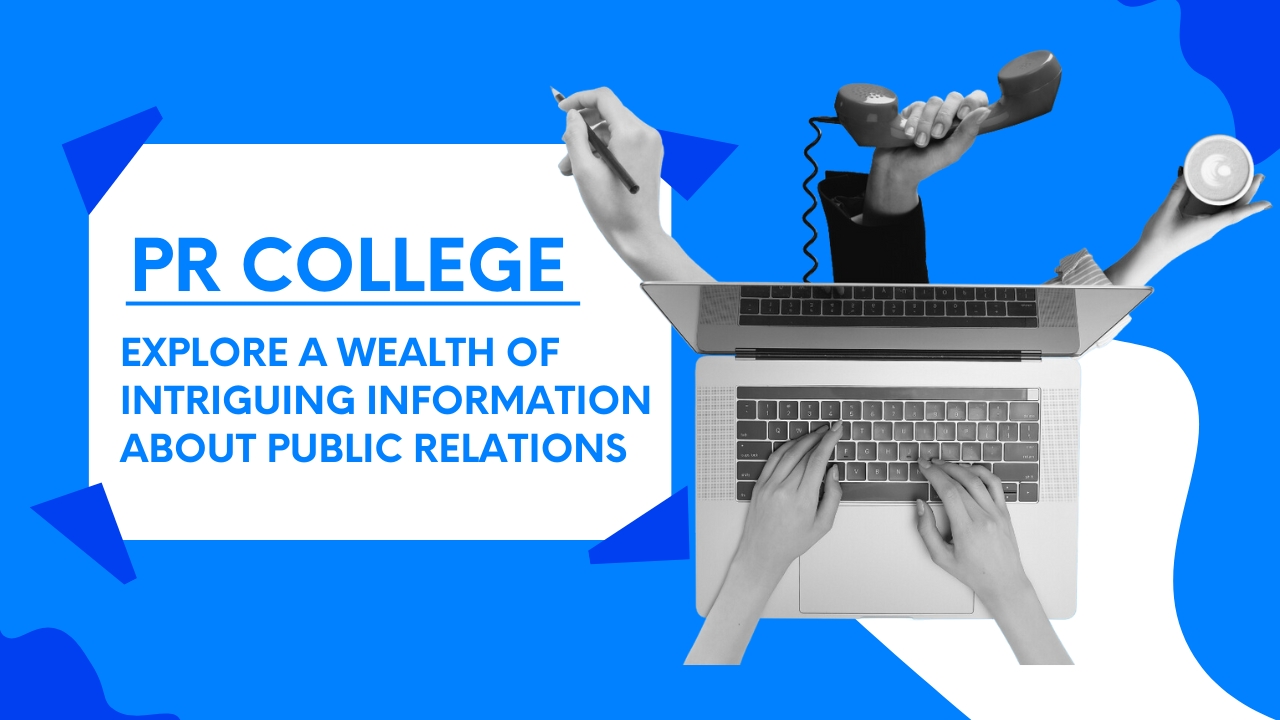/ From Keywords to Context: How AI-Generated Summaries are Changing SEO for PR
From Keywords to Context: How AI-Generated Summaries are Changing SEO for PR
How AI-Generated Summaries are Changing SEO for PR—In the world of digital communications, search engine optimization (SEO) has always been the backbone of visibility. For years, public relations professionals have focused on finding the right keywords, optimizing press releases, and ensuring their content could be discovered by search engines. But the landscape is shifting. With the rise of AI-generated summaries in search results, the rules of the game are no longer the same.
Today, Google and other platforms are increasingly relying on AI to provide users with contextual answers rather than just a list of links. For PR and communications professionals, this means that traditional keyword stuffing is no longer enough. Success now depends on creating content that is clear, contextual, and aligned with how AI systems understand and present information. In this article, we’ll explore how AI-generated summaries are transforming SEO for PR, why context is becoming more important than keywords alone, and what strategies communication teams can use to stay ahead in this new era of search.
From Keywords to Context
For years, SEO strategies in PR were built around identifying and repeating the right keywords to capture search traffic. While this approach once worked, it often led to content that felt forced or disconnected from the reader’s needs. Today, with AI-generated summaries shaping how information is delivered in search results, context has become just as important, if not more than keywords. Search engines are no longer just scanning for exact matches; they are analyzing intent, tone, and relevance to provide users with the most meaningful answers. For PR professionals, this means creating content that explains the “why” and “how,” not just the “what,” ensuring that messages resonate in both human and machine interpretations.
What are AI-generated summaries?
AI-generated summaries are short, concise pieces of text created by artificial intelligence to answer user queries directly in search results. Instead of showing a simple list of links, search engines like Google now use machine learning models to scan, understand, and condense information from multiple sources into a quick, easy-to-read response. For users, this means getting immediate answers without needing to click through every page. For PR and communications professionals, however, it represents a major shift: visibility is no longer just about ranking first on a results page, but about ensuring that brand messages are clear, credible, and easy for AI to extract and summarize accurately.
Implications for PR and Communications
The rise of AI-generated summaries has profound implications for PR and communications professionals. In the past, success was often measured by how prominently a press release or article ranked in search results. Today, the focus has shifted: if your content isn’t clear, credible, and context-rich, it may never appear in the AI summary that users see first. This changes the way PR teams need to write and distribute their messages.
Instead of relying heavily on keyword placement, communicators must craft content that explains ideas in plain language, emphasizes trustworthiness, and aligns with how AI interprets relevance. Press releases, thought leadership pieces, and corporate blogs need to anticipate user intent—answering the “why” and “how” as much as the “what.”
For PR professionals, this means that building visibility now requires a blend of traditional media relations, SEO awareness, and a deeper understanding of how AI systems curate and deliver information. Those who adapt quickly will find their messages amplified, while those who don’t risk being left out of the conversation entirely.
Also Read: How To Analyze And Evaluate The Results Of Press Releases
How PR Pros Can Adapt
Adapting to the era of AI-generated summaries requires PR professionals to rethink how they plan, write, and distribute content. Here are some practical ways to stay ahead:
Write with Clarity and Simplicity
Avoid jargon-heavy language. AI tools perform best with content that is easy to read, well-structured, and direct. This also improves accessibility for human readers.
Prioritize Context Over Keywords
Instead of stuffing articles with repeated phrases, focus on providing complete, context-rich answers to common questions. Anticipate what your audience—and search
Structure Content for Easy Extraction
Use subheadings, bullet points, and concise paragraphs. These formats make it easier for AI to pull accurate summaries from your text.
Build Credibility and Authority
Cite reliable sources, use accurate data, and ensure your brand’s expertise comes through. AI favors content that appears trustworthy and well-supported.
Monitor Performance and Evolve
Track which pieces of content surface in AI summaries and analyze why. Use these insights to refine future press releases, blog posts, or thought leadership articles.
By blending strong storytelling with technical awareness of how AI processes information, PR pros can ensure their messages not only reach audiences but also stand out in a rapidly changing media landscape.engines—will want to know.Also Read: How to Optimize Press Releases in an Era Where LLMO is Replacing SEO?
VRITIMES: Best Press Release Distribution Services
VRITIMES has quickly gained recognition as one of the best press release distribution services in Asia. Founded with the mission to make media exposure more accessible, VRITIMES offers affordable packages with guaranteed publication across reputable online outlets. Its platform allows users to easily create, schedule, and distribute press releases, while also providing detailed analytics to track performance. With operations in countries such as Indonesia, Singapore, Malaysia, the Philippines, Thailand, and Vietnam, VRITIMES helps businesses of all sizes—from startups to established enterprises—build credibility, strengthen SEO through high-quality backlinks, and reach wider audiences with confidence.
Ready to get your story published and seen? Click HERE for further information.


